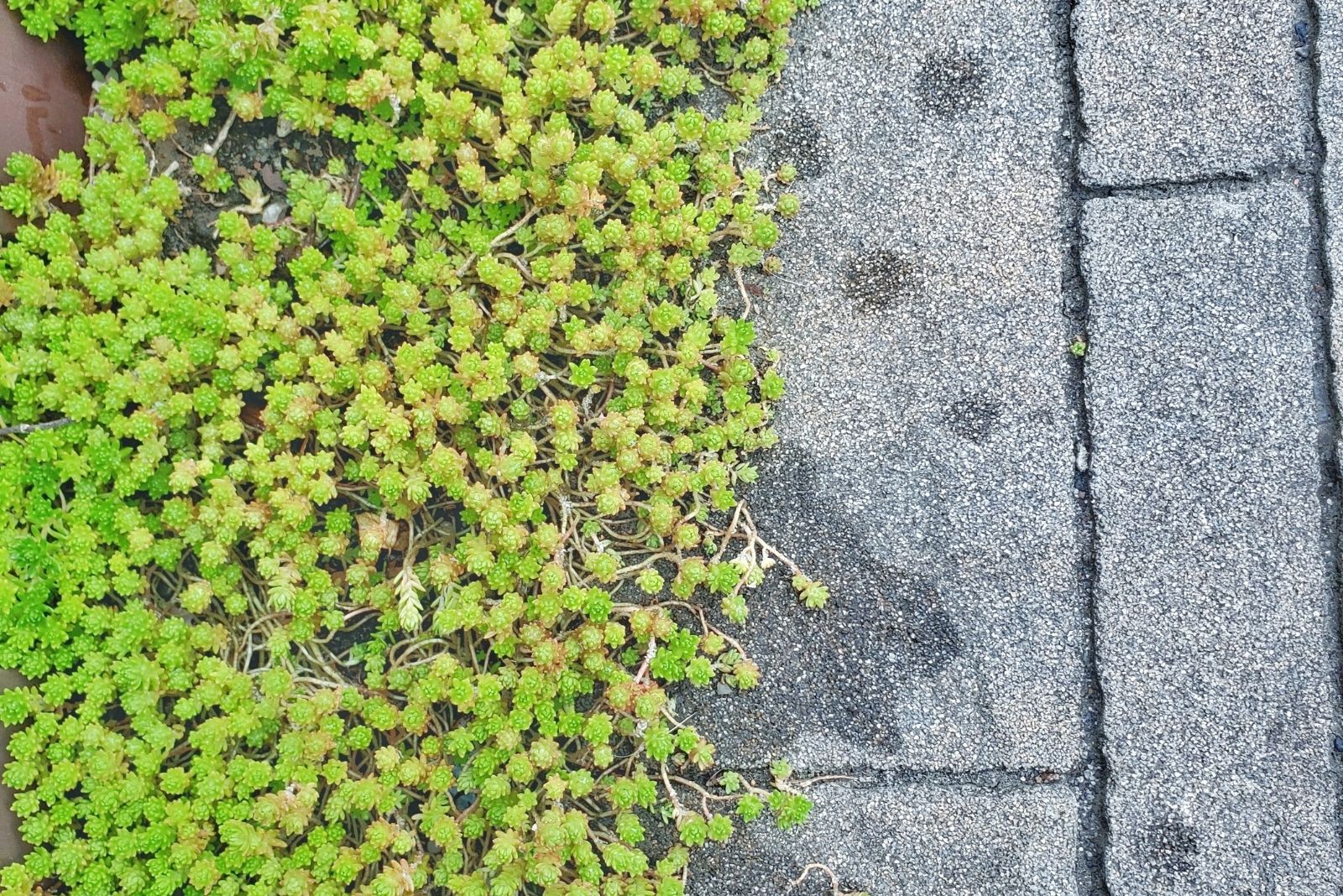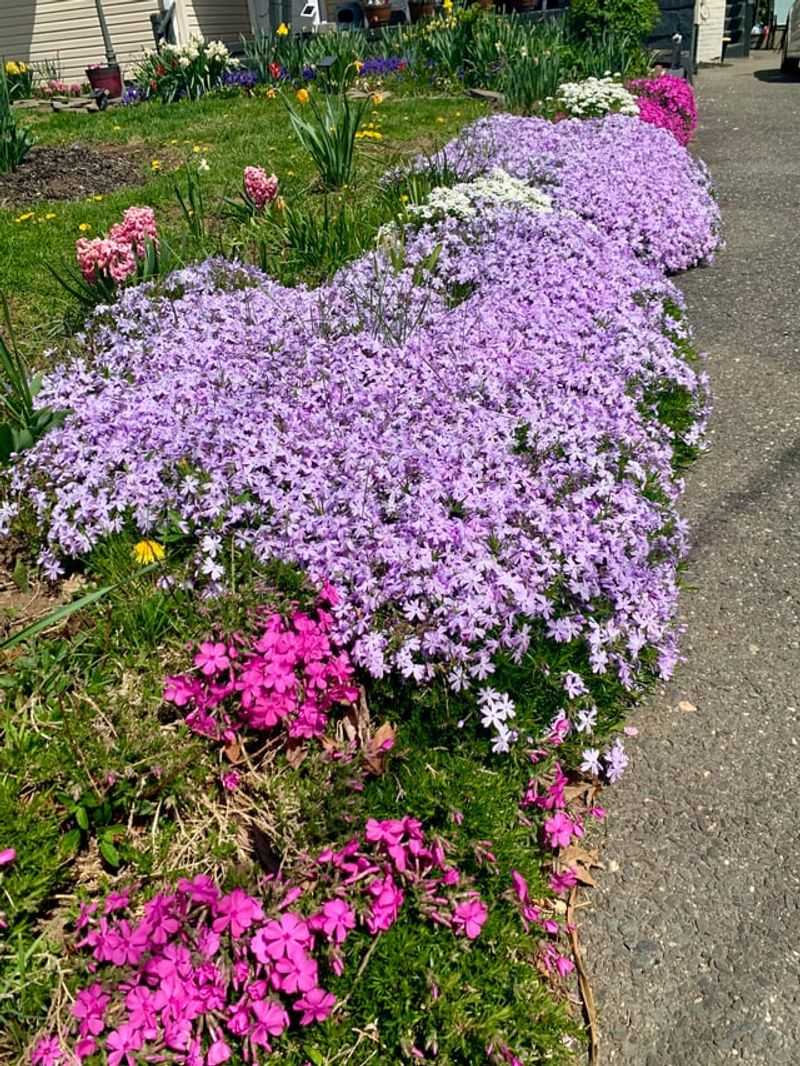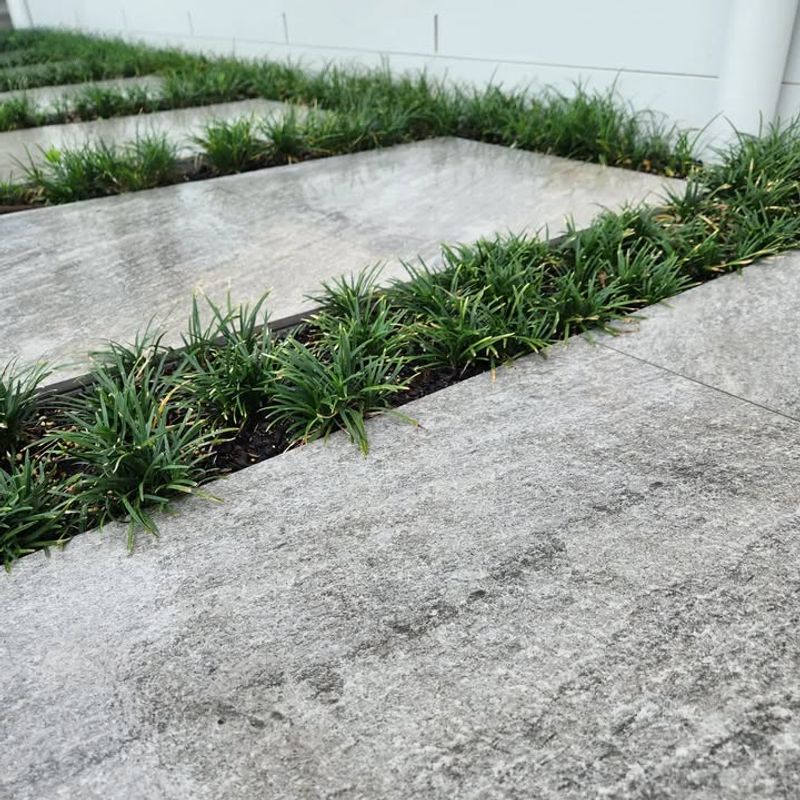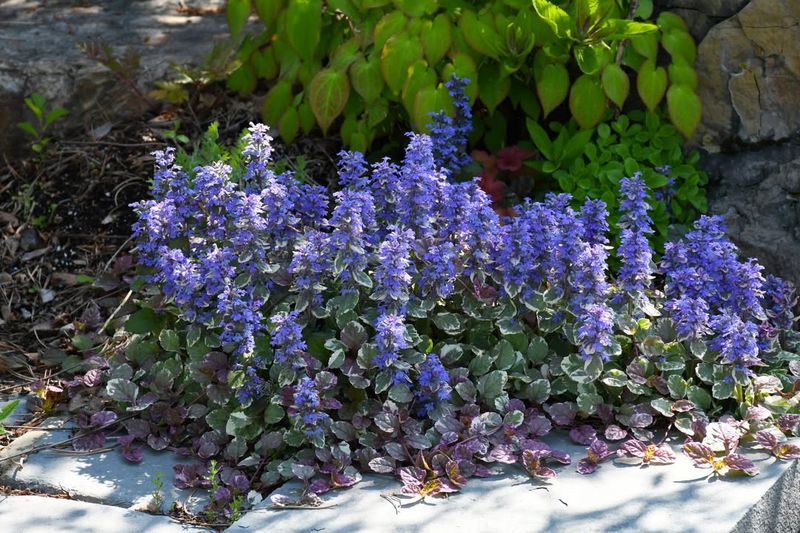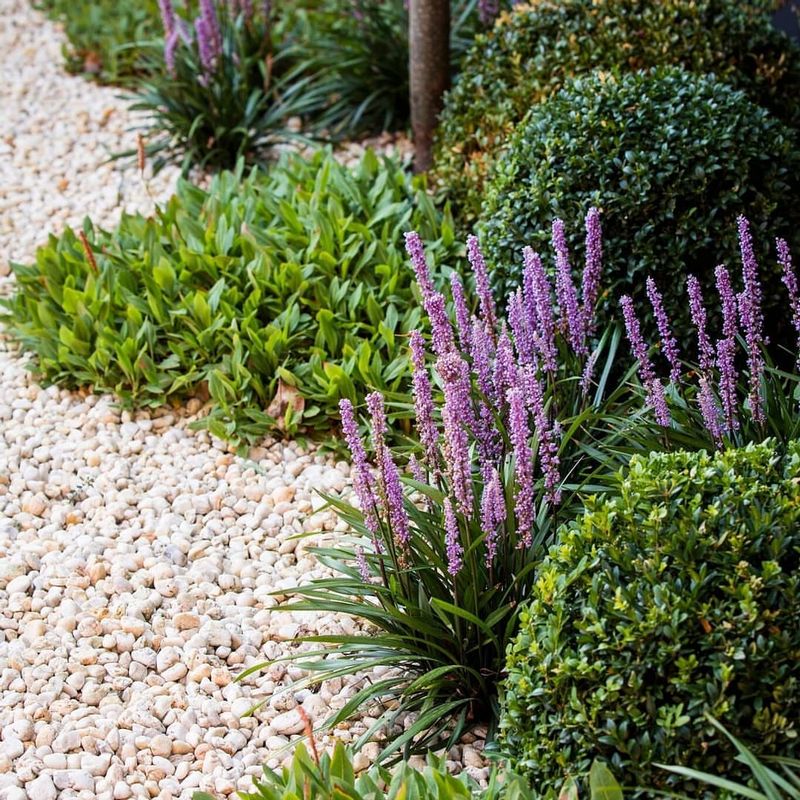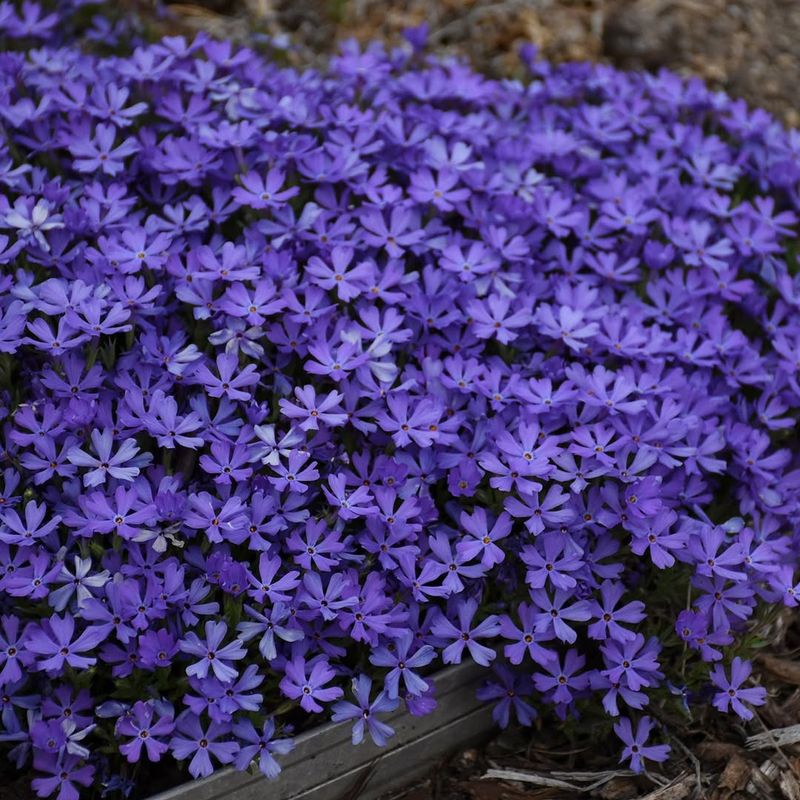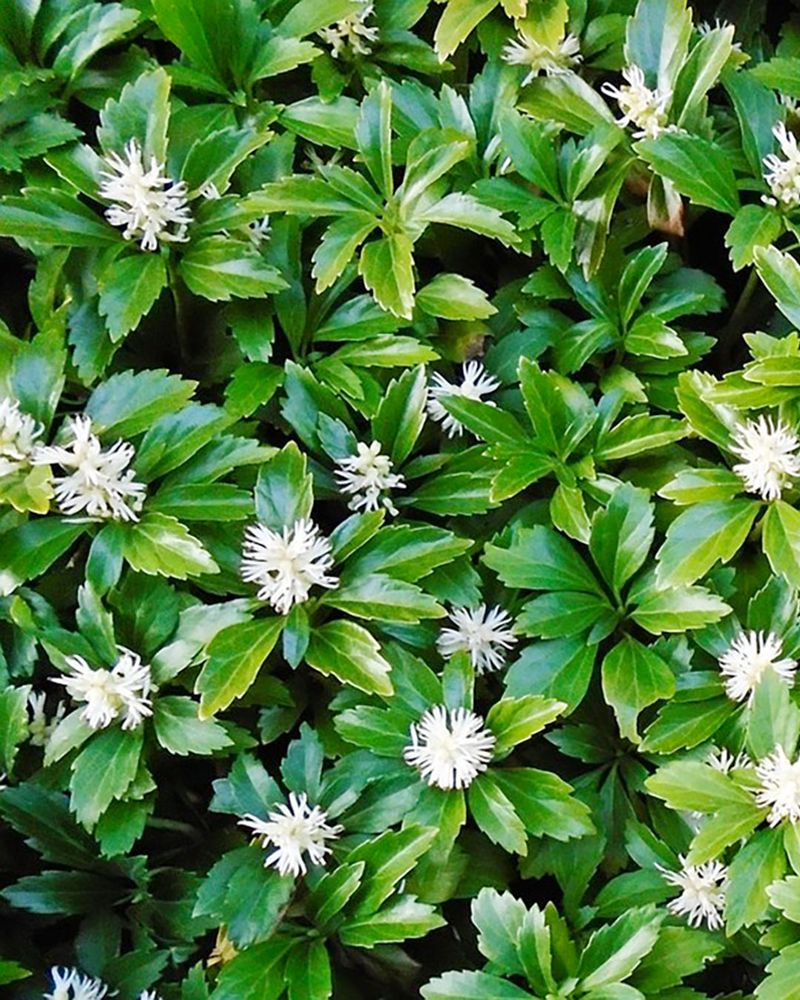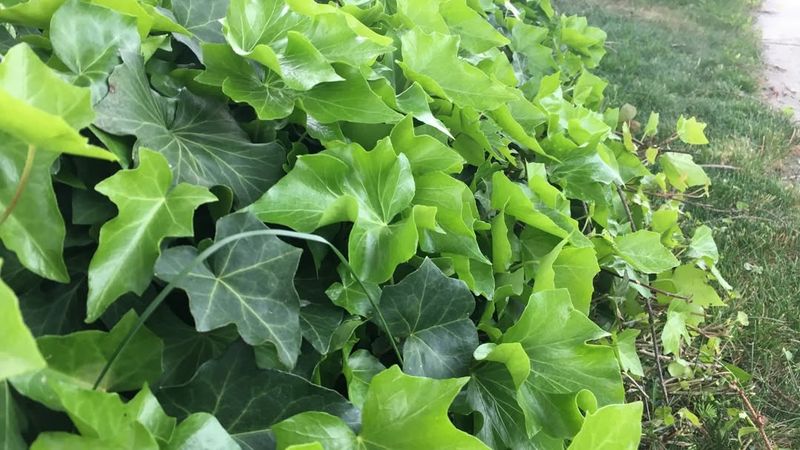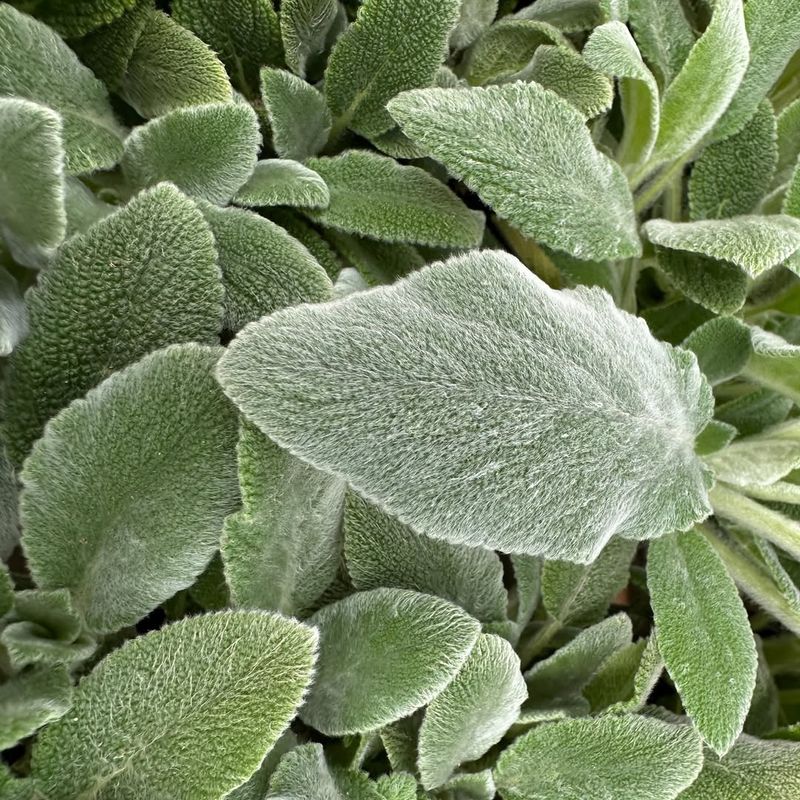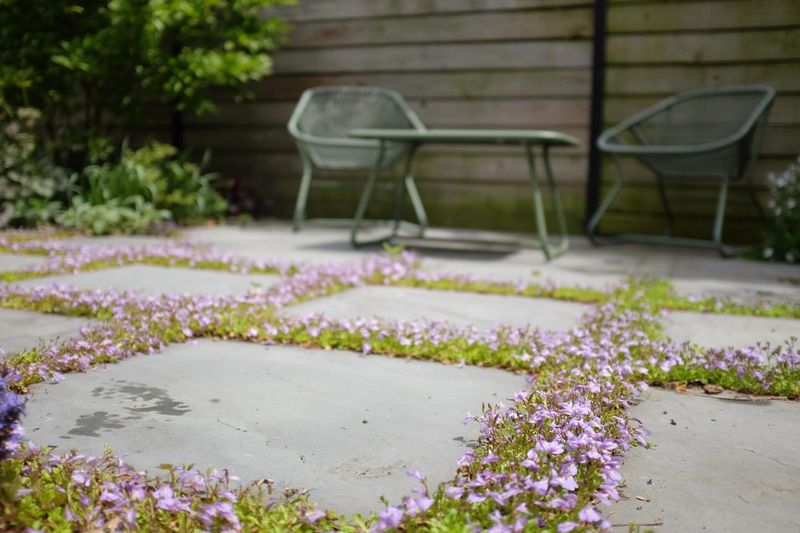Bare patches in your garden can be frustrating, especially when weeds quickly take over those empty spaces. Ground covers offer a smart solution by spreading fast and creating a thick carpet of greenery that blocks out unwanted plants.
North Carolina’s climate is perfect for growing many hardy ground covers that thrive in different conditions, from sunny slopes to shady corners.
1. Creeping Phlox
Imagine a waterfall of colorful blooms cascading across your yard each spring. Creeping phlox creates stunning carpets of pink, purple, white, or red flowers that practically glow in the sunlight.
This low-growing plant loves sunny spots and handles North Carolina’s hot summers surprisingly well. Once established, it spreads quickly through shallow roots, filling gaps between stepping stones or covering slopes that are hard to mow.
Butterflies and bees absolutely adore the sweet-smelling flowers that appear in early spring.
2. Mondo Grass
With its dark green, grass-like leaves, mondo grass brings an elegant touch to shady garden areas. This evergreen plant stays attractive year-round, keeping your landscape looking neat even during winter months.
It spreads slowly but steadily through underground runners, eventually forming a thick mat that weeds struggle to penetrate. Mondo grass tolerates North Carolina’s humidity beautifully and rarely needs watering once settled in.
The bonus? Tiny purple flowers appear in summer, followed by interesting blue berries that add visual interest.
3. Ajuga
Bold and beautiful, ajuga features glossy leaves in shades of bronze, purple, or green that create eye-catching contrast in garden beds. Come spring, electric blue flower spikes shoot up like tiny fireworks above the foliage.
This aggressive spreader fills bare spots remarkably fast, making it ideal for problem areas where nothing else grows. Ajuga handles both sun and shade in North Carolina, though it performs best with some afternoon protection from intense heat.
Deer typically leave it alone, which is a huge plus for many gardeners.
4. Liriope
Tough as nails, liriope laughs at North Carolina’s summer heat and winter cold alike. Its arching, grass-like foliage forms attractive clumps that gradually merge into a solid ground cover.
Purple or white flower spikes emerge in late summer when most other plants look tired and stressed. This plant thrives in almost any condition, from full sun to deep shade, and tolerates drought remarkably well once established.
Liriope’s evergreen leaves provide year-round interest, and it rarely needs dividing or special maintenance to look its best.
5. Vinca Minor
Periwinkle’s cheerful blue flowers peek out from glossy evergreen leaves that stay attractive in all seasons. The trailing vines root wherever they touch soil, creating an impenetrable mat that chokes out weeds effectively.
This old-fashioned favorite grows vigorously in North Carolina’s shady spots where grass struggles to survive. Vinca minor handles dry shade under trees better than most ground covers, though it appreciates occasional watering during extended droughts.
The flowers appear heaviest in spring but continue sporadically throughout summer months.
6. Japanese Pachysandra
Bright green leaves arranged in attractive whorls make pachysandra instantly recognizable in shade gardens. This workhorse ground cover spreads through underground stems, creating a uniform carpet that looks professionally maintained with minimal effort.
North Carolina’s humid climate suits pachysandra perfectly, though it definitely prefers shade to sun exposure. Once established, it grows so densely that weeds simply cannot find room to sprout.
Small white flowers appear in spring, adding a delicate touch to the already appealing foliage that remains evergreen through winter.
7. Sedum
Succulent leaves store water like tiny reservoirs, making sedum the ultimate survivor in hot, dry spots. Different varieties offer leaves in shades of green, blue-gray, or reddish-purple that create living tapestries across your landscape.
Sedum spreads quickly in sunny locations, rooting easily from stem fragments that break off and touch soil. North Carolina gardeners love how little maintenance these tough plants require once established in well-drained areas.
Star-shaped flowers in yellow, pink, or white attract butterflies and beneficial insects throughout the growing season.
8. English Ivy
Few plants match English ivy’s ability to cover ground quickly and hold soil on slopes. The distinctive lobed leaves remain evergreen, providing year-round erosion control and weed suppression.
This aggressive spreader roots at every node along its trailing stems, creating an incredibly dense mat in record time. While it grows in sun or shade, North Carolina’s climate allows it to spread so vigorously that many gardeners plant it only in contained areas.
Regular trimming keeps it from climbing trees or invading unwanted spaces in your landscape.
9. Lamb’s Ear
Soft, fuzzy leaves feel exactly like a lamb’s ear, making this plant irresistible to touch for kids and adults alike. The silvery-gray foliage creates beautiful contrast against darker green plants in garden beds.
Lamb’s ear spreads moderately fast through creeping stems, filling spaces without becoming overly aggressive. It handles North Carolina’s heat well when planted in locations with good air circulation and well-drained soil.
Tall purple flower spikes appear in summer, though many gardeners remove them to keep focus on the spectacular textured foliage.
10. Mazus Reptans
Tiny leaves form a delicate carpet that can handle light foot traffic, making mazus perfect for filling gaps between pavers or stepping stones. Lavender-blue flowers with yellow throats appear in spring, creating a miniature floral display close to the ground.
This low-growing spreader thrives in North Carolina’s part-shade locations with consistent moisture. Mazus grows only about two inches tall, creating a soft, moss-like appearance without the fussiness of actual moss.
It spreads quickly through creeping stems that root easily wherever they touch moist soil.

